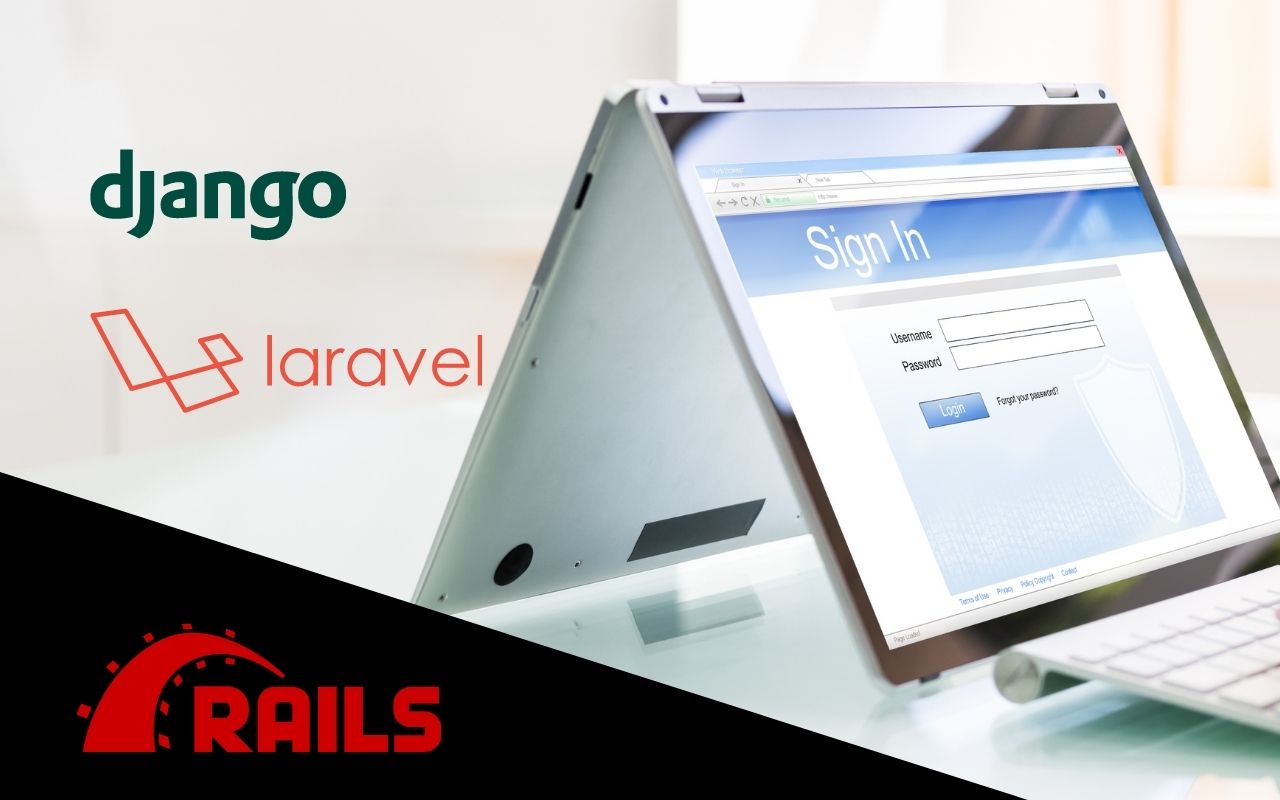Finding a suitable backend framework that ensures maximum scalability and performance is challenging, with many choices available in today’s tech stack. Therefore, this blog presents some popular backend frameworks for web application development.
Why Use a Backend Framework?
A backend framework aims to automate the output associated with software development. The direct benefits of using a framework for web development include:
- Scalability
- Time-saving
- Security
- Integrations
- Uniqueness
What is Backend Framework?
A server-side framework is the library of tools and modules that helps in building the structure of a website. It significantly impacts a web app’s implementation and can determine your project’s victory. Backend frameworks primarily help make tasks convenient and easy for developers. These frameworks focus on scripting languages like Python, Ruby, JavaScript, or compiled languages like C# and Java. The best backend framework helps developers start better by reducing the need to create and configure everything from the beginning.
Best Backend Frameworks to Use
The most practical backend web app frameworks provide high performance, rapid development, and flexibility. Currently, the best and most used frameworks are:
- Django
- Express
- Ruby on Rails
- Laravel
There are more open-source frameworks with advantages and disadvantages, but these four are robust for web apps. However, it’s up to the developer to decide on an API tech stack for their project. The decision relies on the business logic, company goals, product vision, and user demands. Regardless, to select the proper backend framework, we recommend consulting with tech experts to grow your business further.
To conclude
JavaScript and Python frameworks lead the market with outstanding features, rich functionalities, and rapid development possibilities. Select a framework that you can operate for at least four years by keeping in mind the future business needs.

